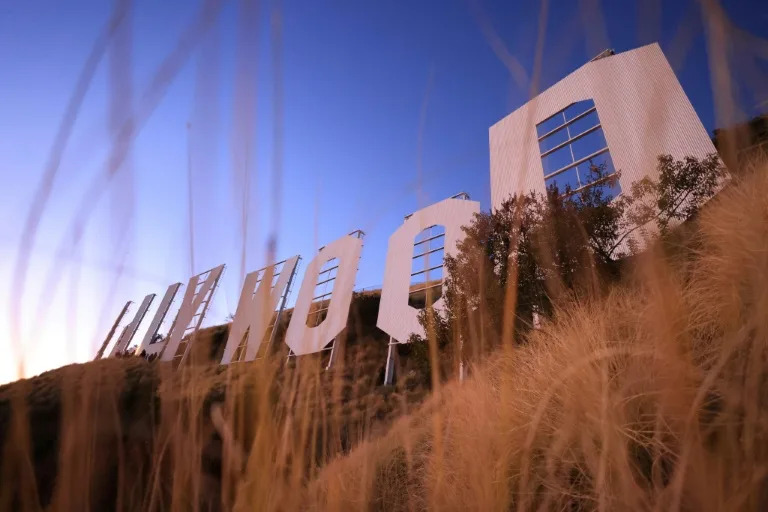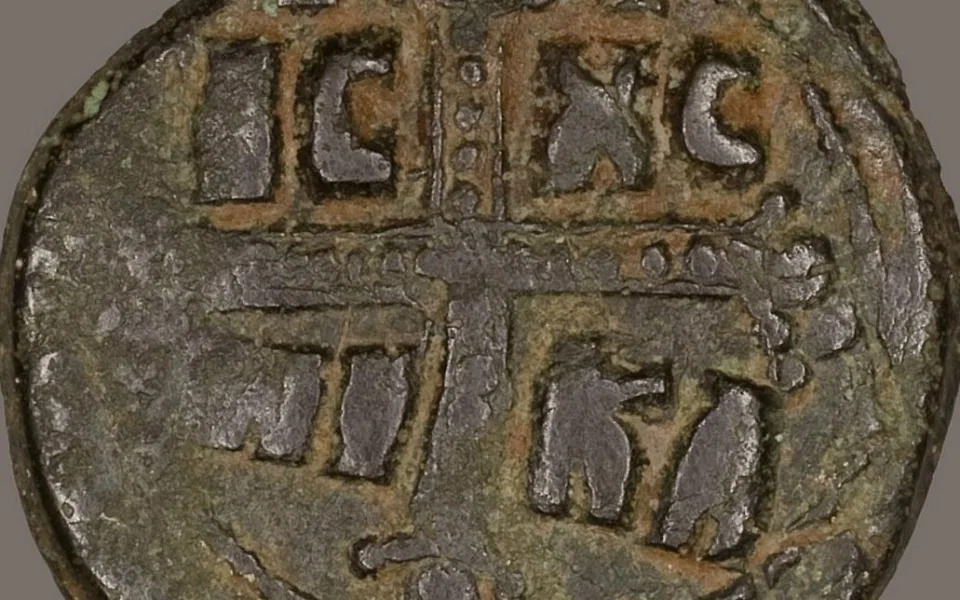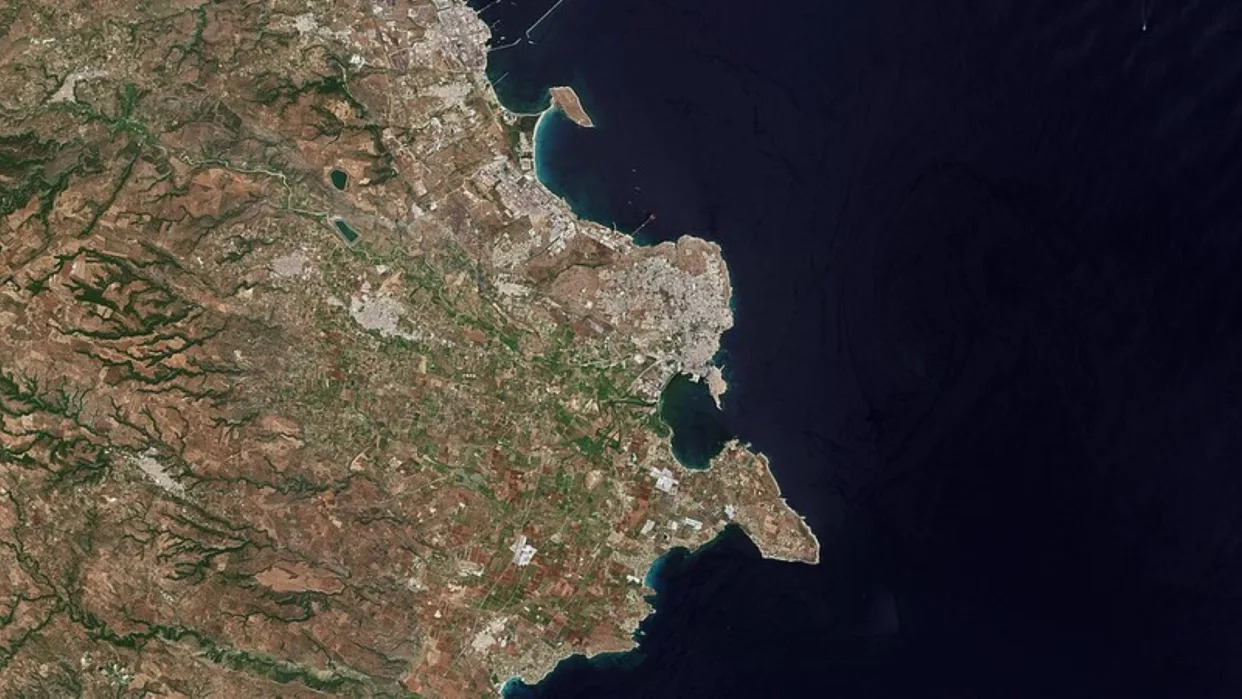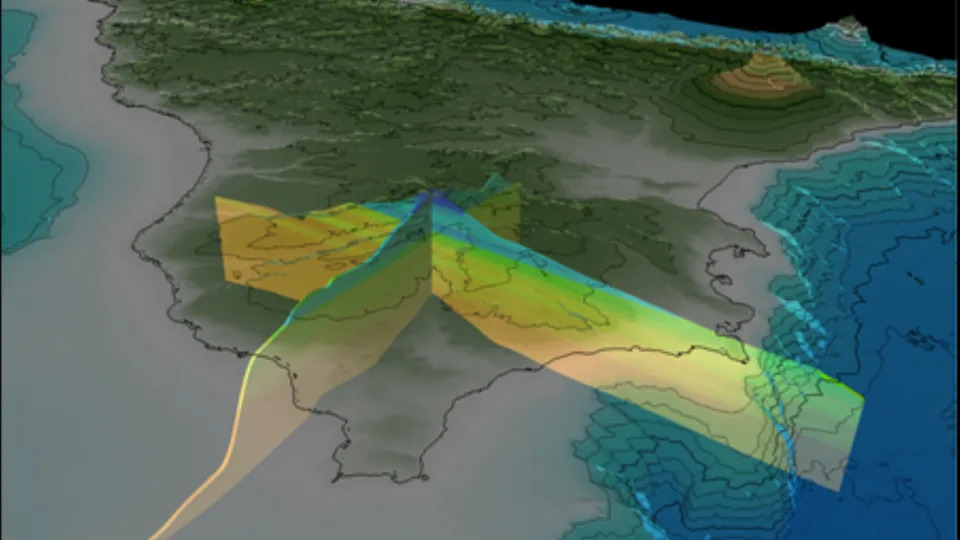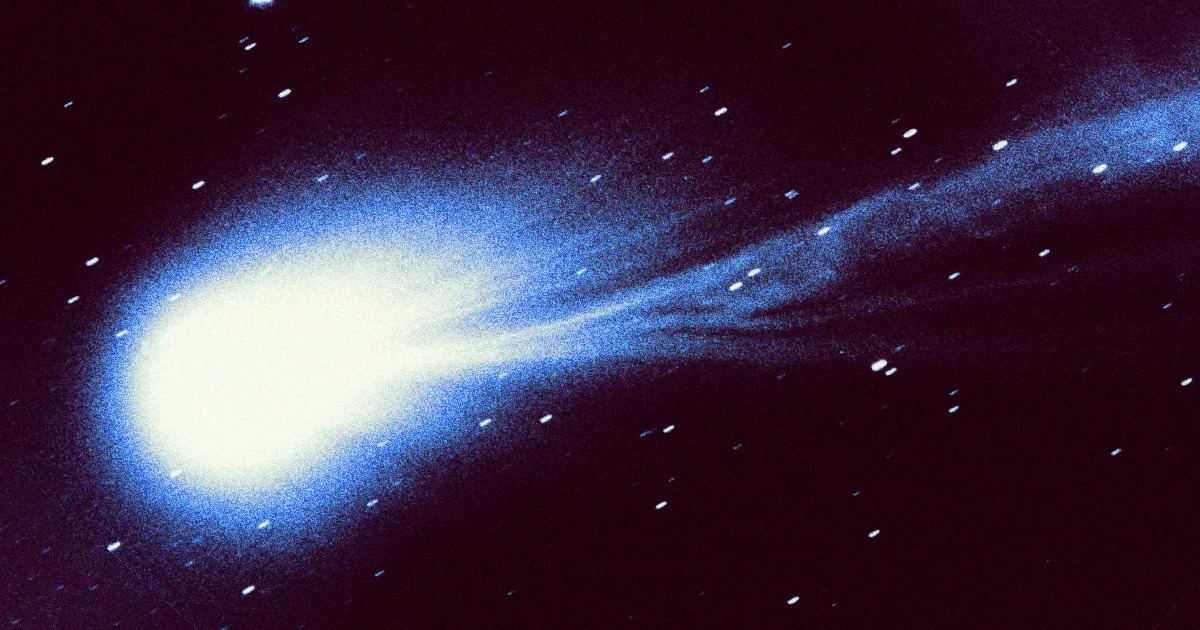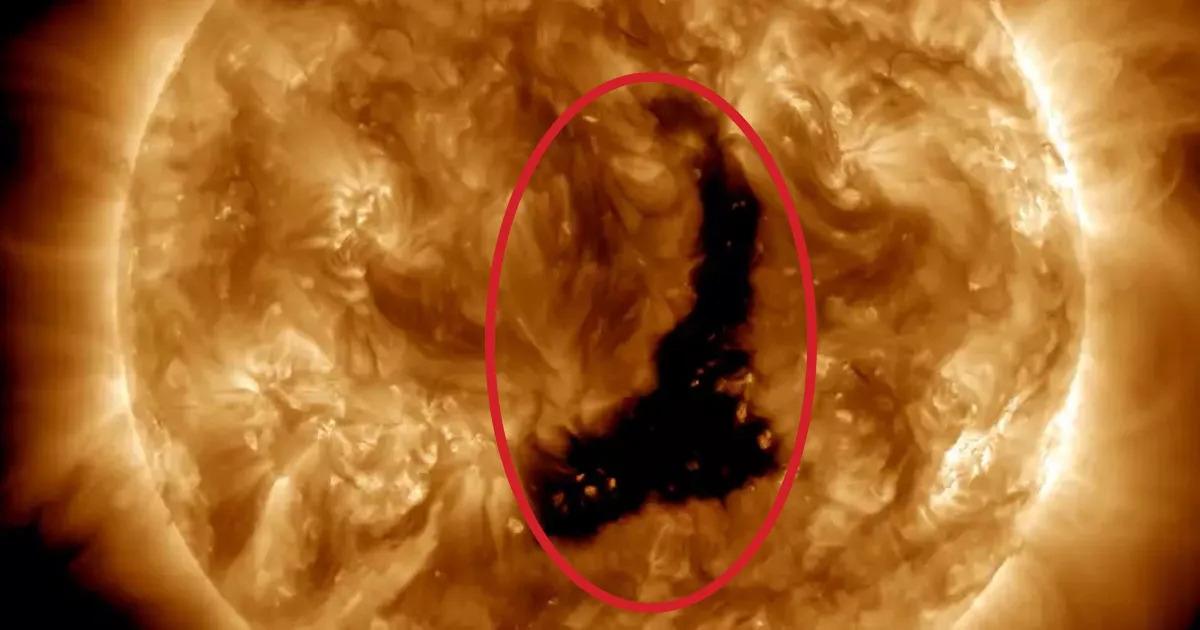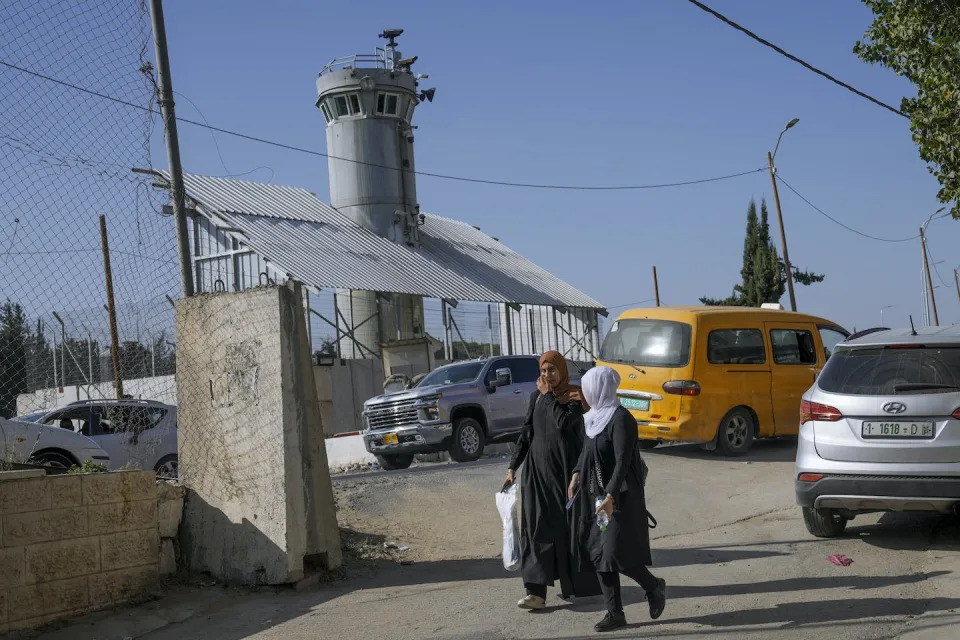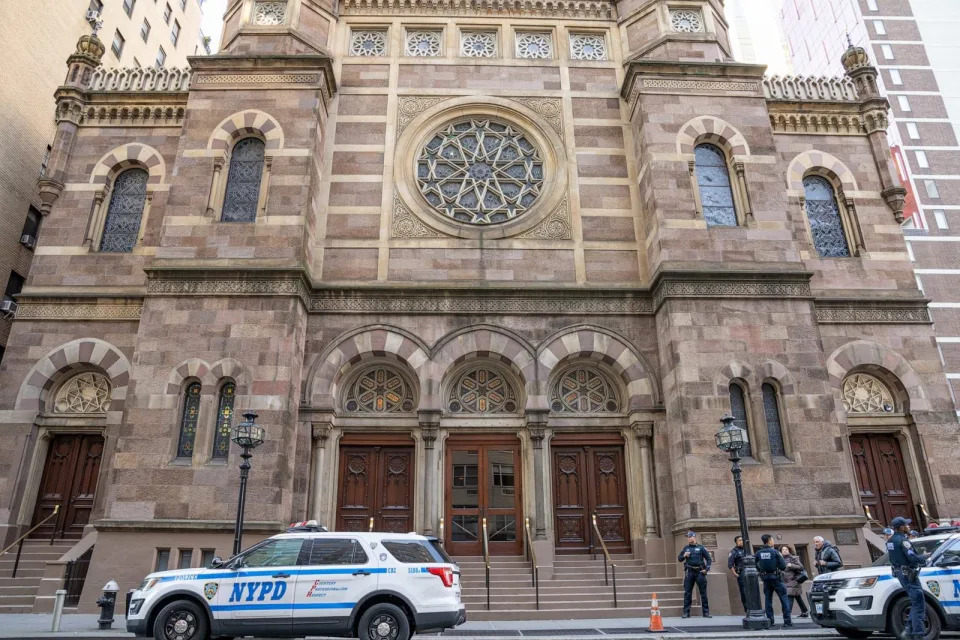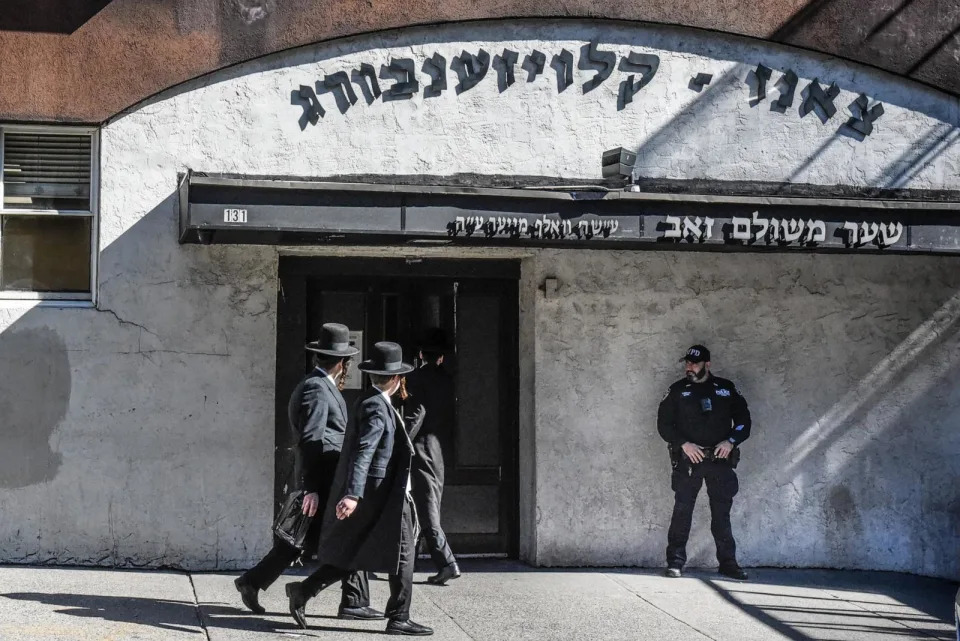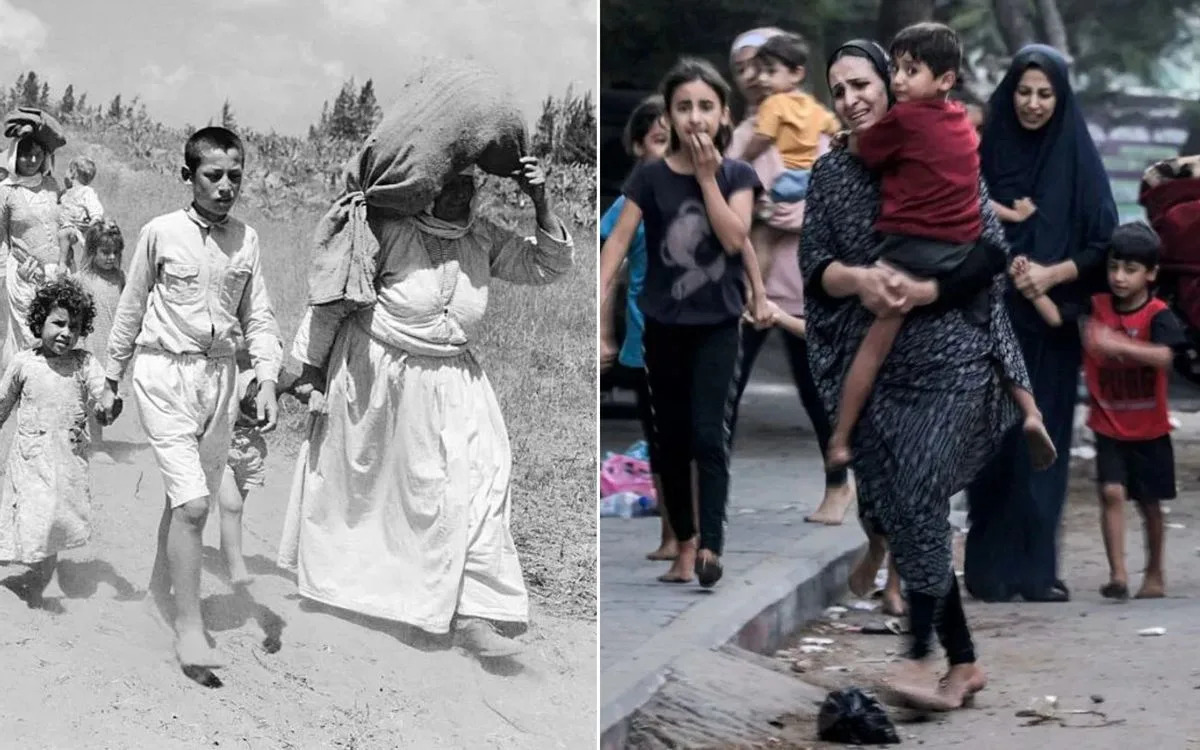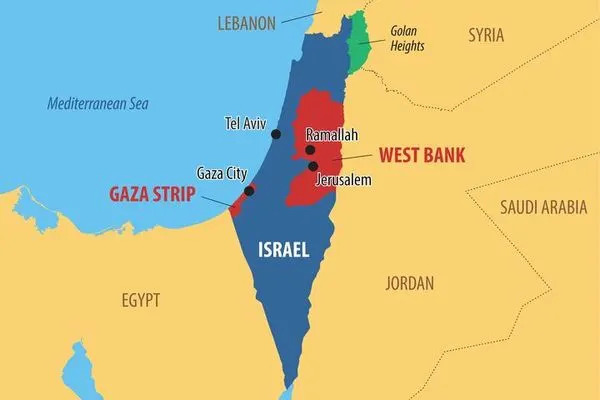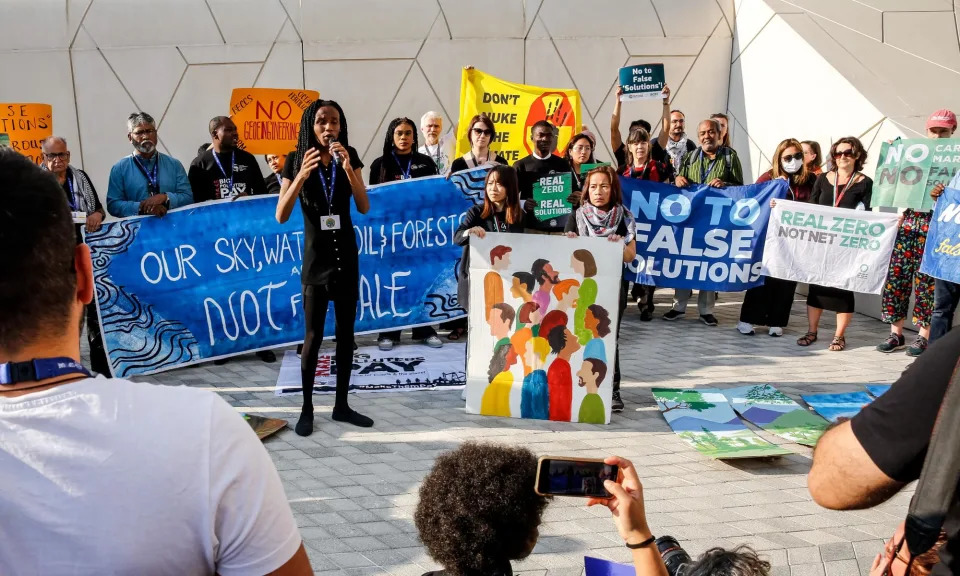Megan Shersby
Sat, December 9, 2023

leopard lies relaxed on the branch of a tree.
Name: Clouded leopard, also known as the mainland clouded leopard (Neofelis nebulosa)
Where it lives: Southeast Asia
What it eats: Mammals, including ungulates, primates and rodents
Why it's awesome: Unlike lions and cheetahs in Africa, which stalk or race across the open plains in pursuit of prey, clouded leopards have a more arboreal approach to life, having adapted to living in the tropical forests of southeast Asia.
This tree-dwelling lifestyle has pushed them to possess remarkable ankles, which they can rotate by nearly 180 degrees.
Such incredible flexibility in these joints enables them to descend tree trunks headfirst. In captivity, these cats have been observed climbing upside down along horizontal branches and hanging down by their hind feet, enabling them to jump down onto prey below — although scientists believe they mainly hunt on the ground.
Clouded leopards have short, stocky legs, small bodies — between 27 and 42.5 inches (69 to 108 centimeters) long — and long tails, which are the longest of all cats relative to body size, and help them to balance in trees. They can weigh between 25 and 50 pounds (11 to 23 kilograms).
Clouded leopards also have the largest upper canines of all living cats, in proportion to their body size. A study published Oct. 6 in the journal Science Advances noted their teeth proportions are similar to some extinct sabertooth species.
Related: Cats' dazzling eye colors may come from 1 unusual ancestor
When taking down large prey, these big cats don't kill with a bite to the throat, unlike their large feline cousins. Instead, they bite the back of the neck to kill their prey, severing the spinal cord.
RELATED STORIES
—Takins: Strange, mountain-dwelling mammals with mythical golden fleeces
—1st of its kind footage shows guard dogs saving sheep from puma attack on a pitch black mountain
— Cheetahs battle raging river in stunning photo. Did they survive?
In 2006, researchers discovered that clouded leopards are actually two distinct species, with the now-named Sunda clouded leopards (N. diardi) endemic to the Sumatran and Bornean islands.
Both N. diardi and N. nebulosa are considered vulnerable by the International Union for Conservation of Nature (IUCN) Red List.
"The mainland clouded leopard lives in the dense forests across South and Southeast Asia showcasing remarkable adaptations for life in the tree tops," Wai-Ming Wong, director of small cat conservation science for Panthera, the global wild cat conservation organization, told Live Science in an email.
"However, deforestation and agricultural expansion threatens much of the available habitat across their range. It is crucial to develop effective conservation management plans that include a range of stakeholders from local communities to government agencies to safeguard the future of this charismatic species," Wong added.

